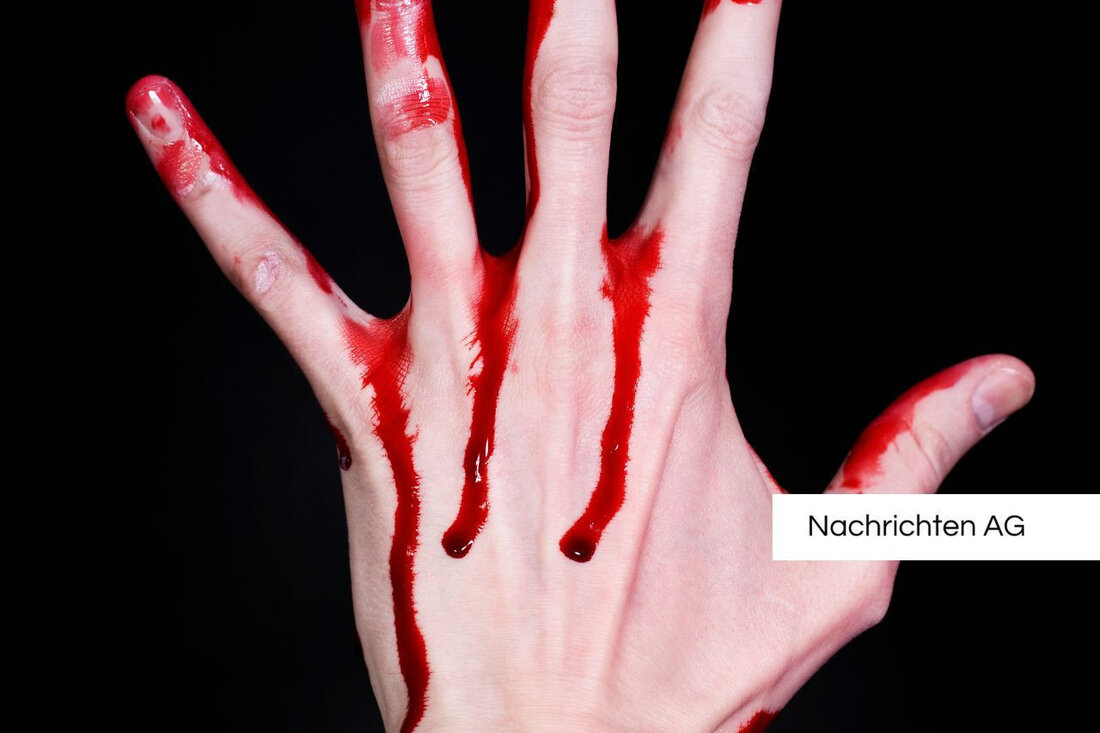Help from the neighborhood: This will make blood donation lifesavers!
Help from the neighborhood: This will make blood donation lifesavers!
Potsdam, Deutschland - In Germany, the blood donation service is dependent on the support of its citizens. Torben Schwanke, a 44-year-old blood donor from Werder (Havel), has already donated blood 113 times in his career. He started at the age of 19 during a school donation campaign and has regularly donated to Potsdam since then, with a few exceptions based on stays abroad or operations abroad. "Blood donations are important in the event of accidents, cancer and heart disease as well as other medical emergencies," explains Schwanke.
Last year there were over 3 million donations in Germany. However, only 2.8 million actually donated. Around 15,000 blood donations are needed every day, according to the German Red Cross (DRK), which organizes over 180 blood donation dates per day. According to BlueSpende.de , around 3 % of the population are active blood donors. However, this number could increase if more people recognize the importance of the blood donation and are ready to get involved.
The importance of the blood donation
blood preparations have a limited durability and are crucial for the treatment of patients with acute illnesses or chronic diseases, such as: B. for 20 % of patients suffering from tumor diseases. In 2022, around 3.2 million erythrocyte concentrates and around 484,000 platelet concentrates were used up, with the need remaining constant. The Statista shows a decline in blood donations by 12 % compared to 2012, which indicates a falling donation. The number of thoroughbred donations has slightly decreased, while apherese donations in which blood plates and plasma are donated separately have increased.
sensitive information about the blood donation could lead to an increased number of donors. It is reported that the knowledge of the importance of the blood donation is inadequate, which affects the number of active donors. Before each donation, the donor's state of health is checked, whereby healthy adults from the age of 18 and at least 50 kg of body weight are allowed to donate. Men can donate blood up to six times, women up to four times a year.
factors for the decline in donations
In the summer months, a general decline in blood donations can be observed. In the country, people are more likely to organize themselves in groups, while in cities a feeling of social anonymity can make the donation difficult. The generation of baby boomers is currently the most active group of blood donors, but will leave the age of age. "I took friends to donate blood, but not everyone can take it well," reports Schwanke and encourages everyone who has never donated to deal with the topic.
The urgency of a continuous blood donation is evident, especially against the background of frequent medical emergencies. Like Prof. Dr. Martin Dietrich from the BZGA emphasizes, blood cannonons and products are indispensable after serious accidents or large operations. The next world blood donation day on June 14, 2024 is used as an occasion to call up the population again for the blood and plasma donation and to point out the importance of regular donations.
It remains to be hoped that more people will take the initiative and save or facilitate the life of their fellow human beings by a blood donation. A small piks can have a big impact.
| Details | |
|---|---|
| Ort | Potsdam, Deutschland |
| Quellen | |


Kommentare (0)